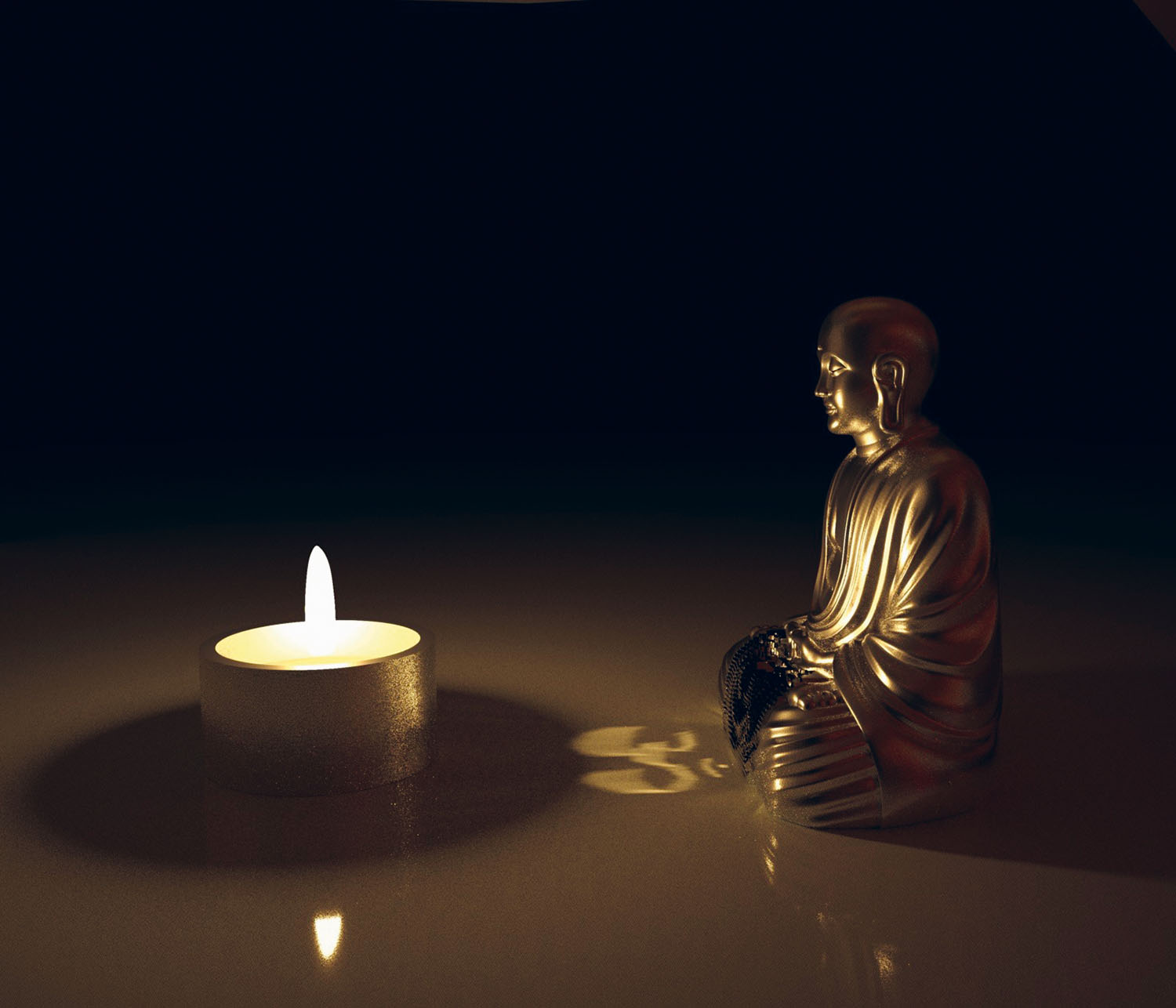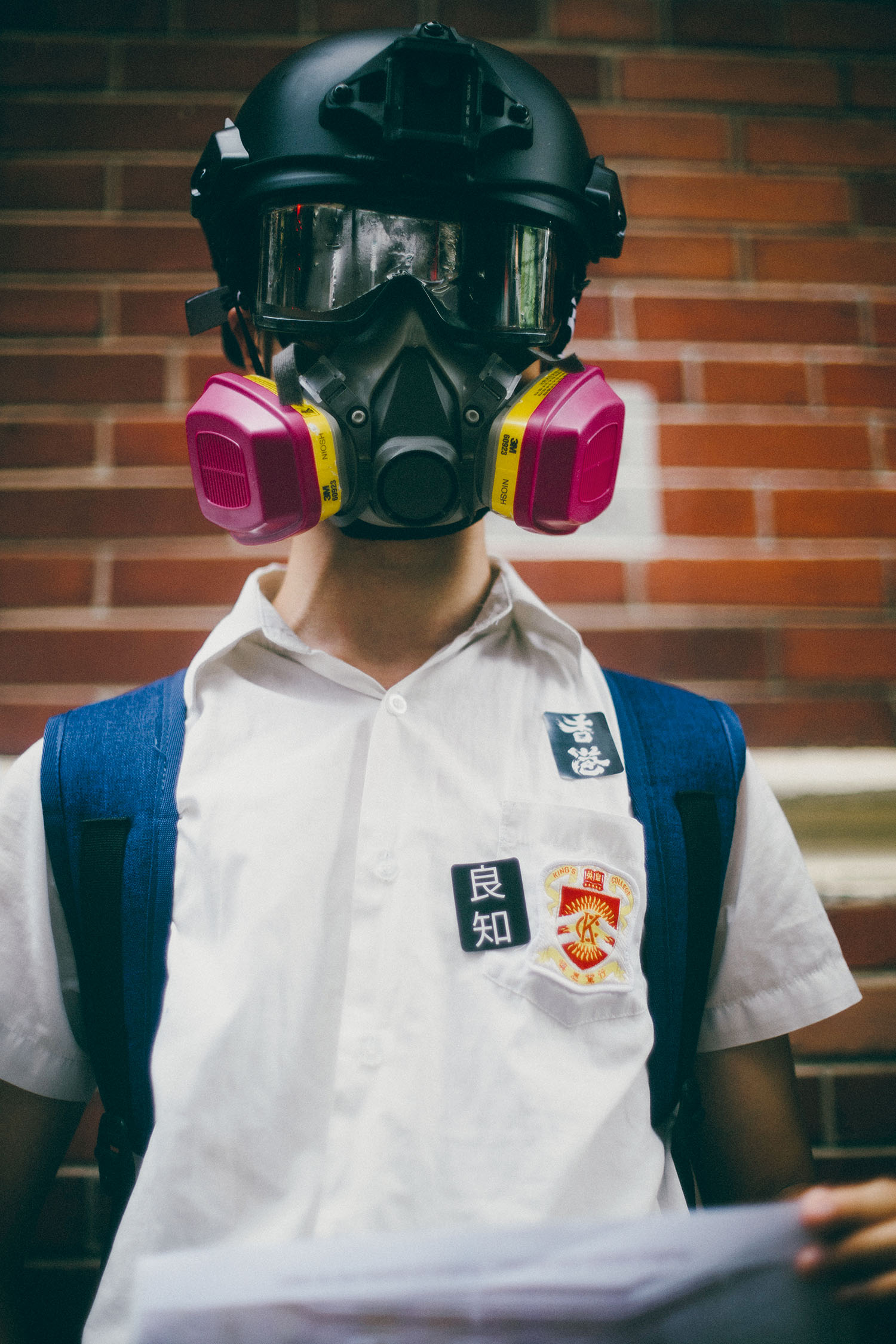
We wish to acknowledge the laws of the physical and spiritual worlds that work together to propel explorations into unknown human potential. While we do not propose to have all the answers that will solve the challenges before us, we believe in the power of being open to receiving wisdom from every conceivable (and inconceivable) source. In this way, we hope to pay careful and deliberate attention to what we observe and to record our observations with joy and love for the opportunity to participate in the eternal narrative of life.

